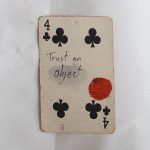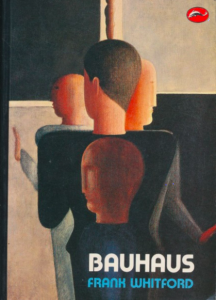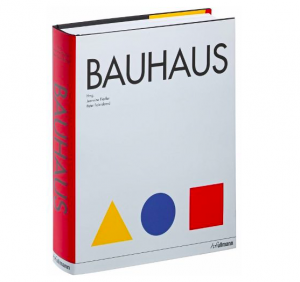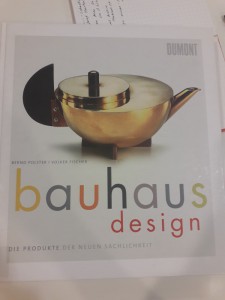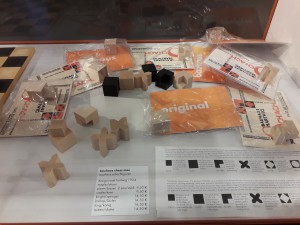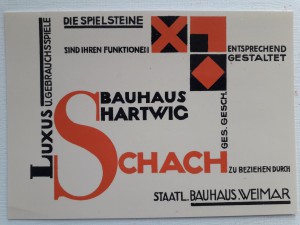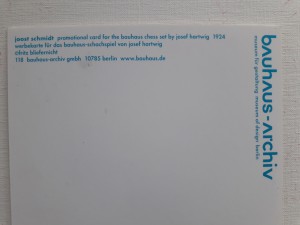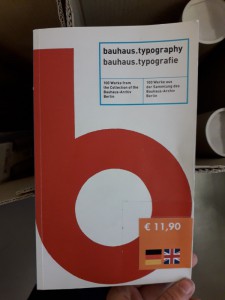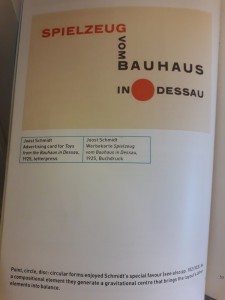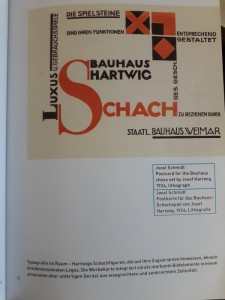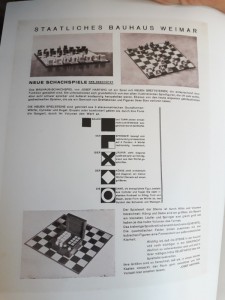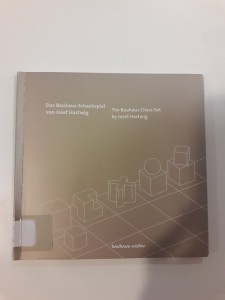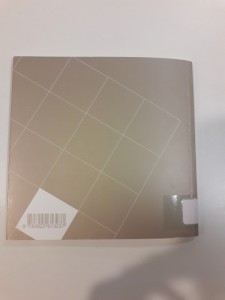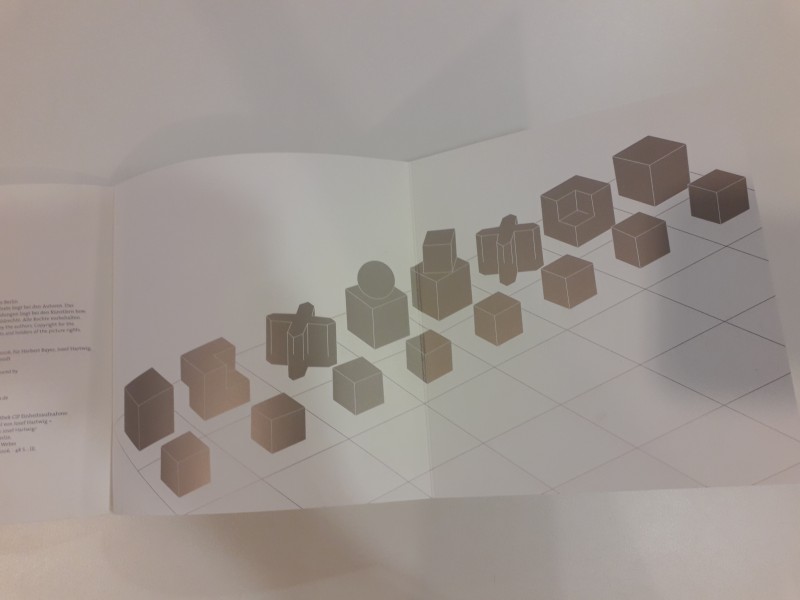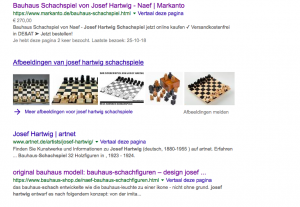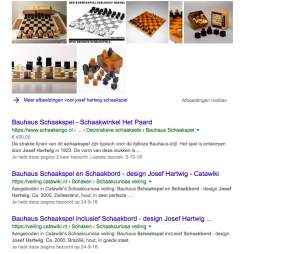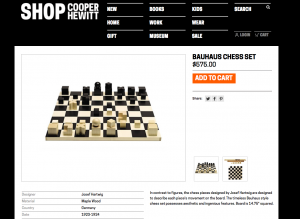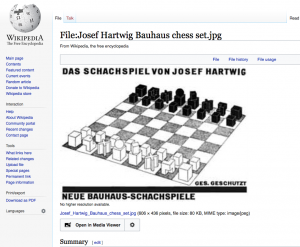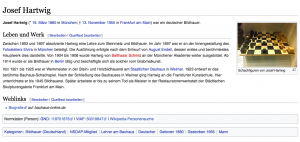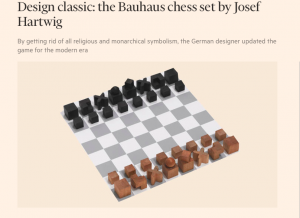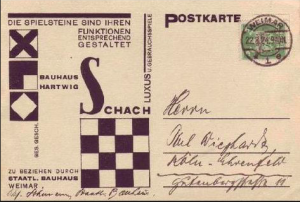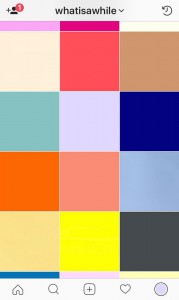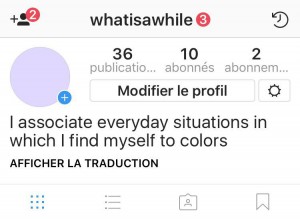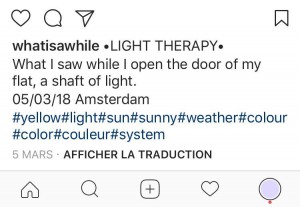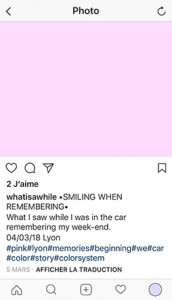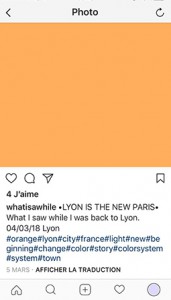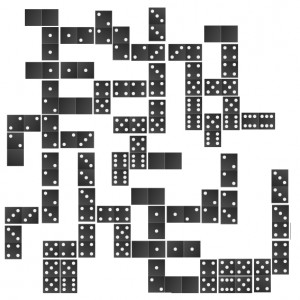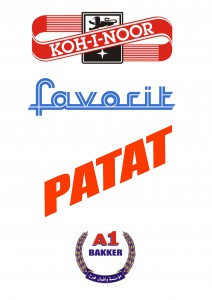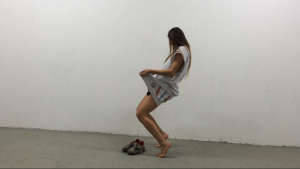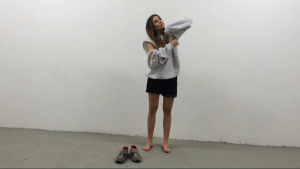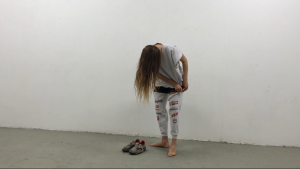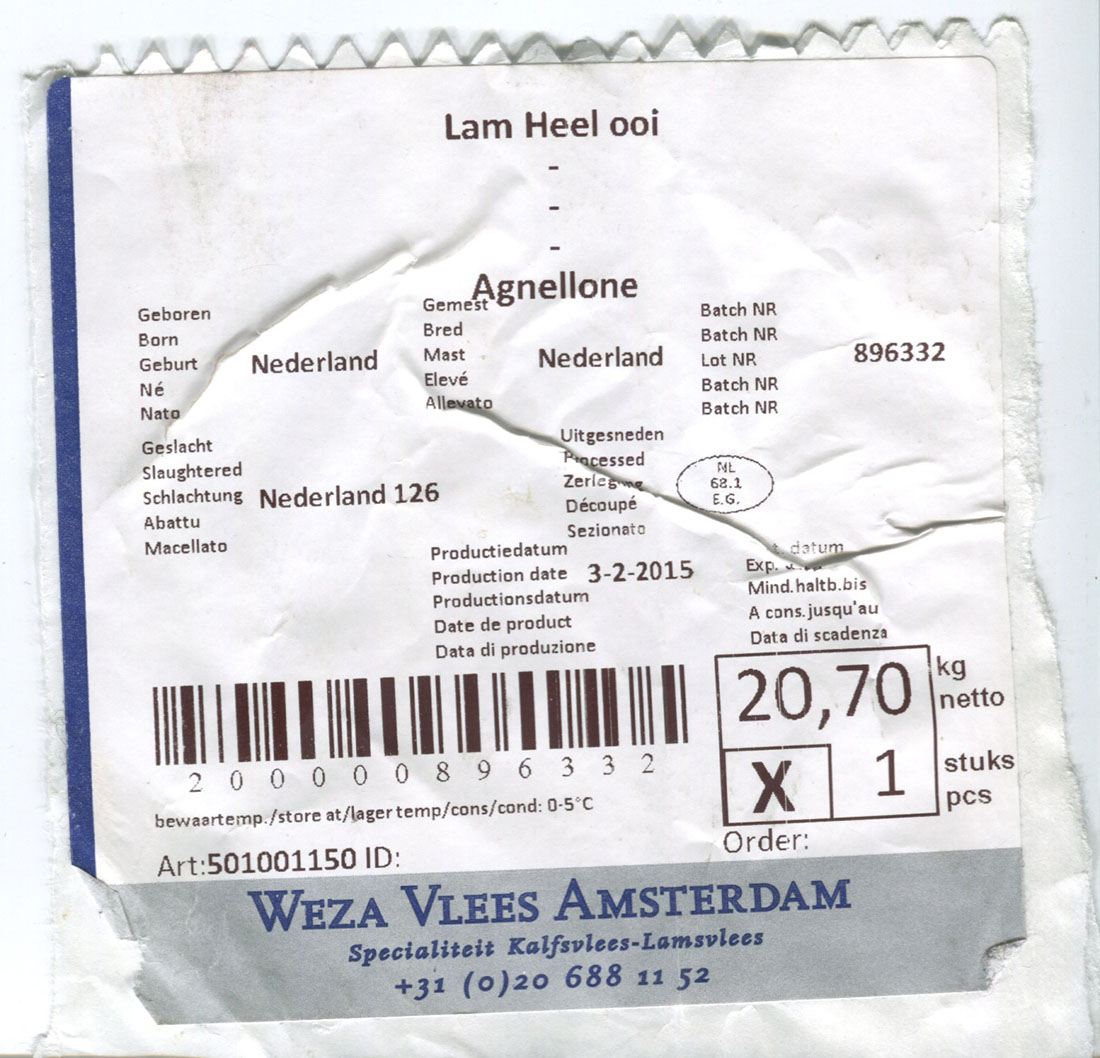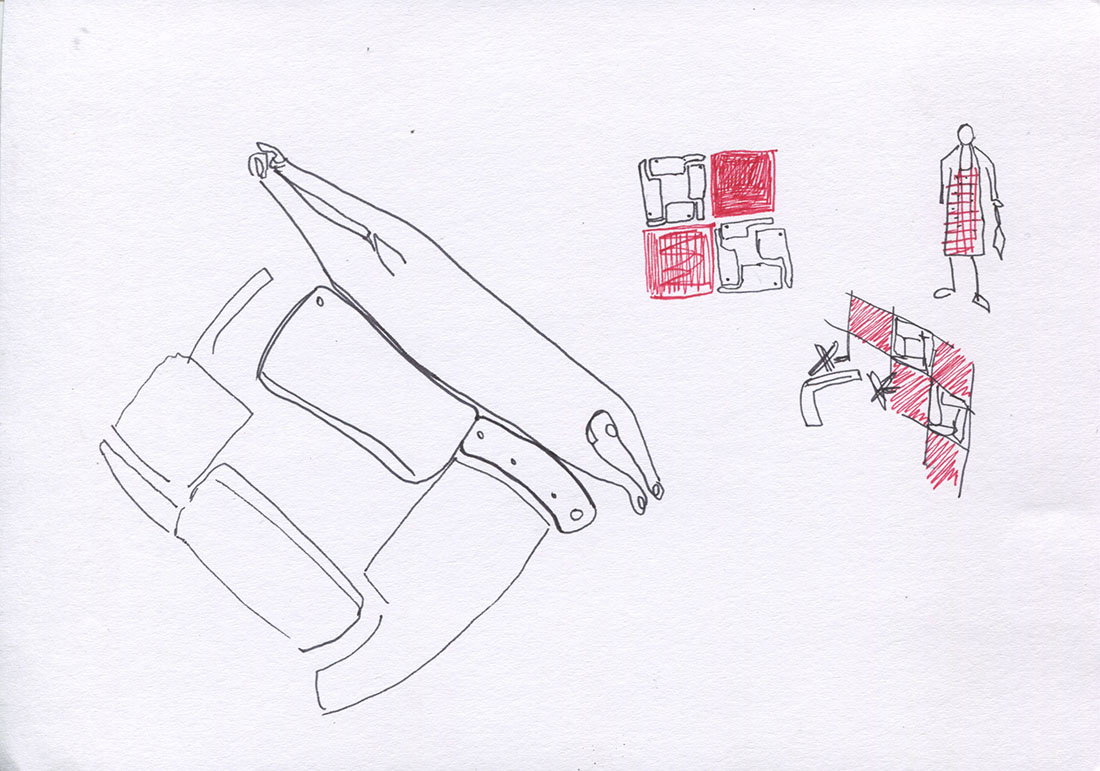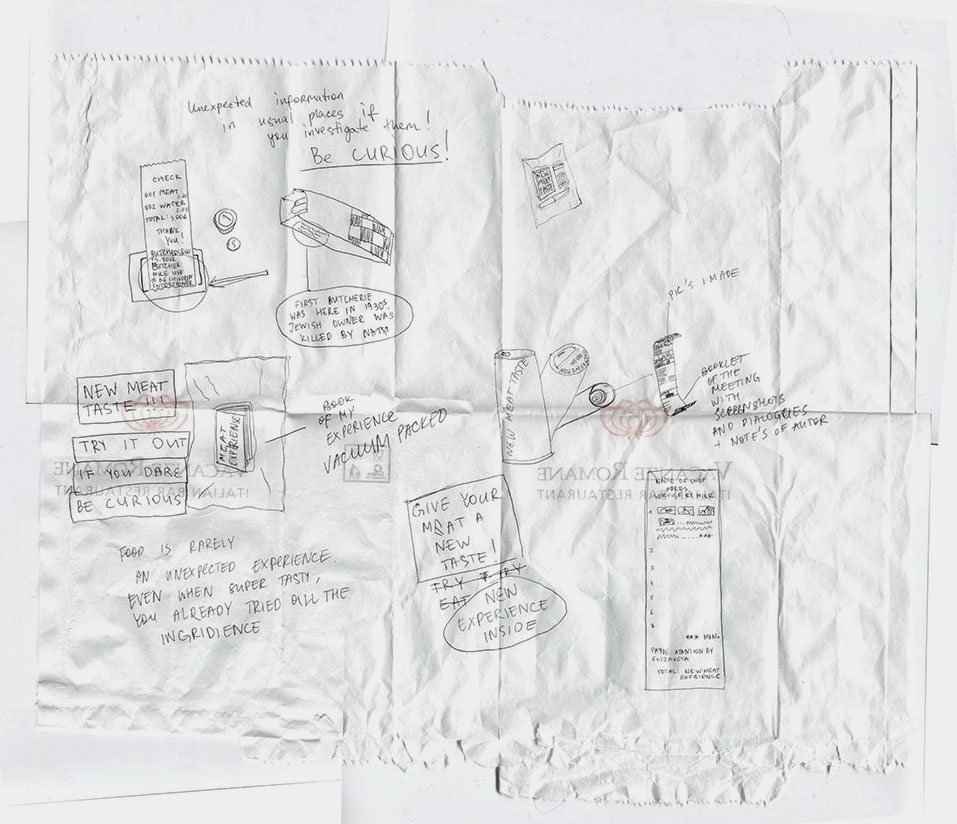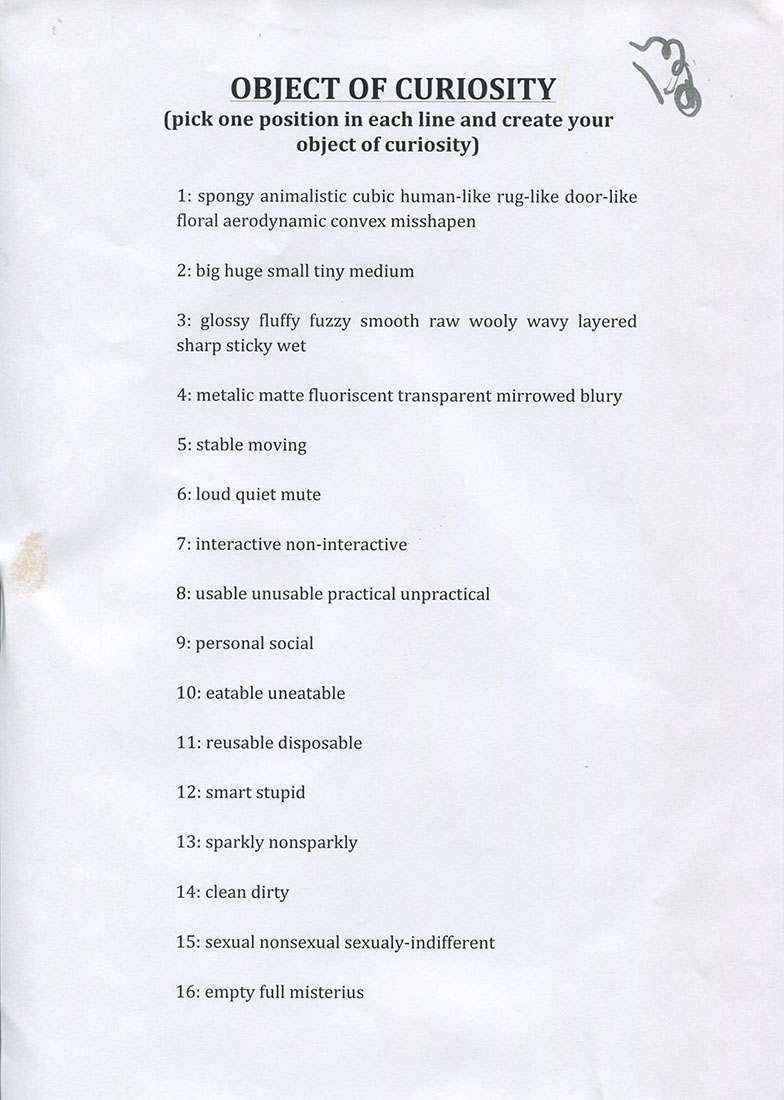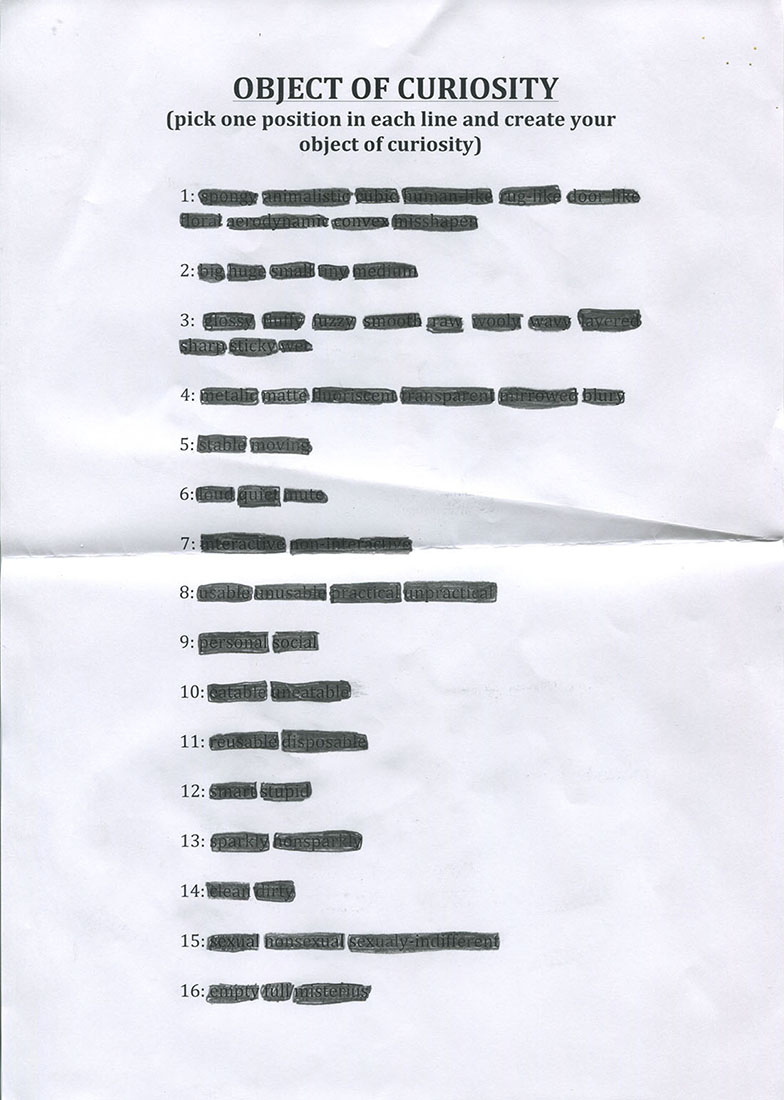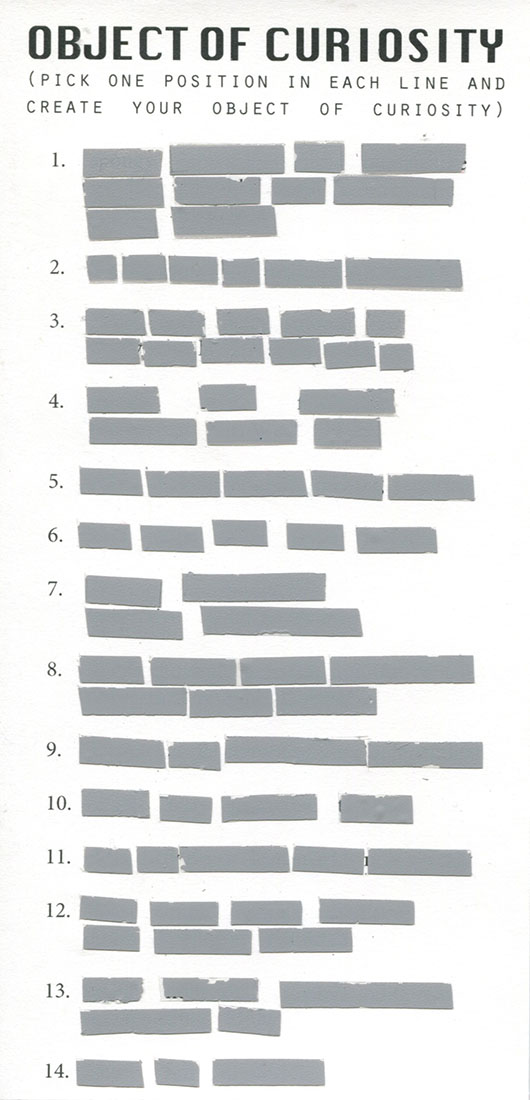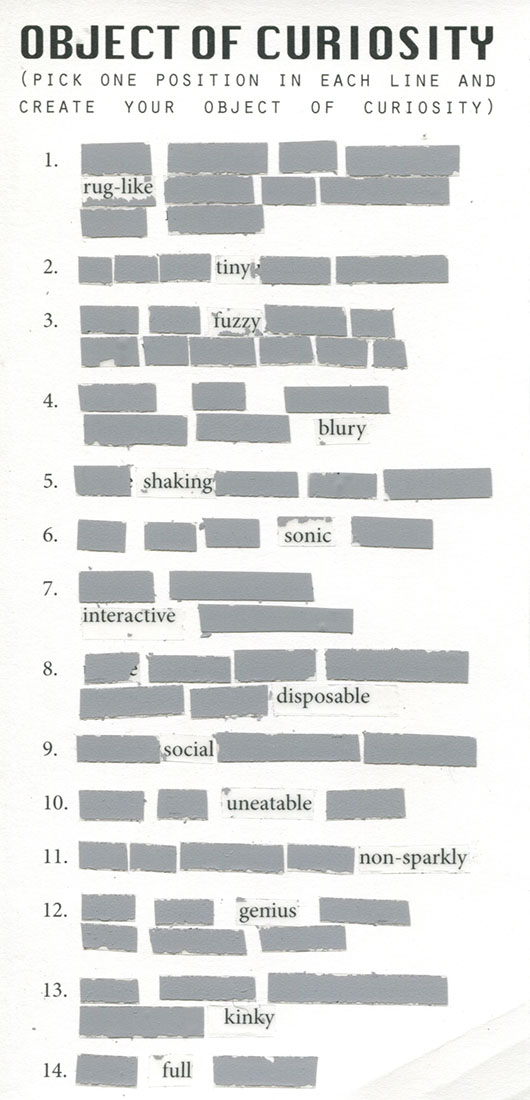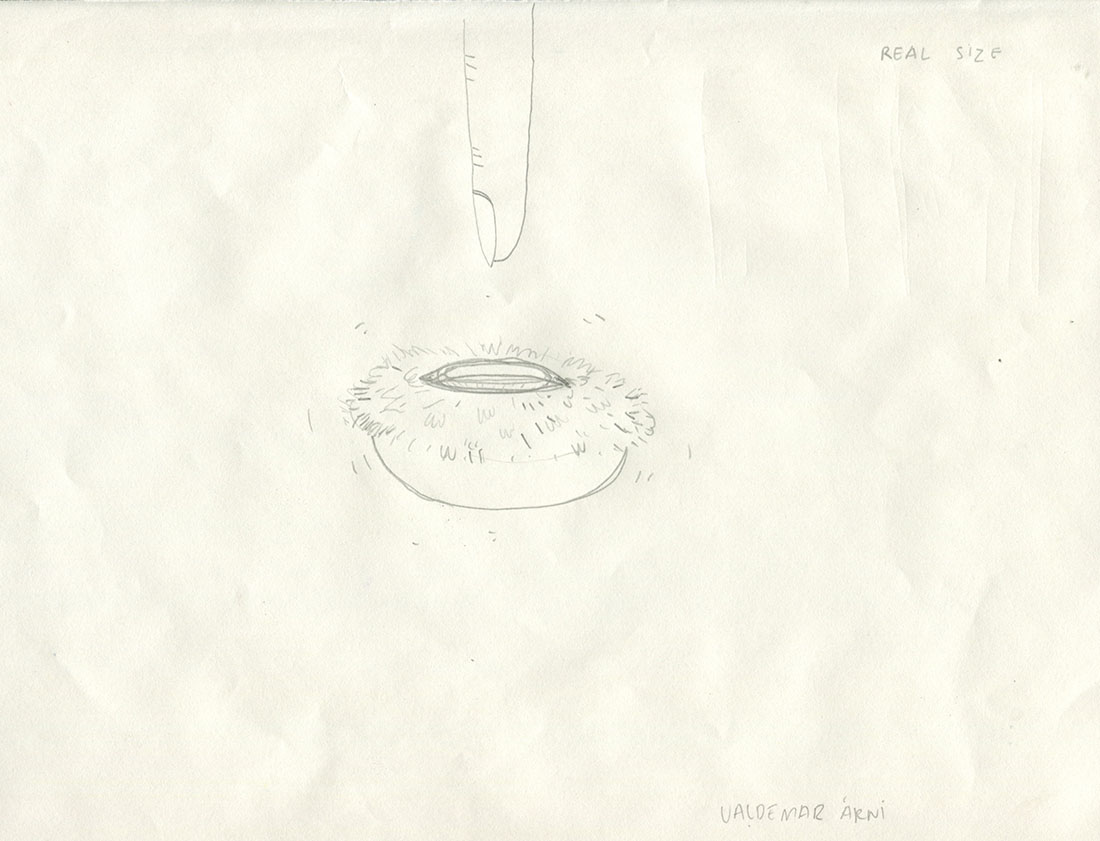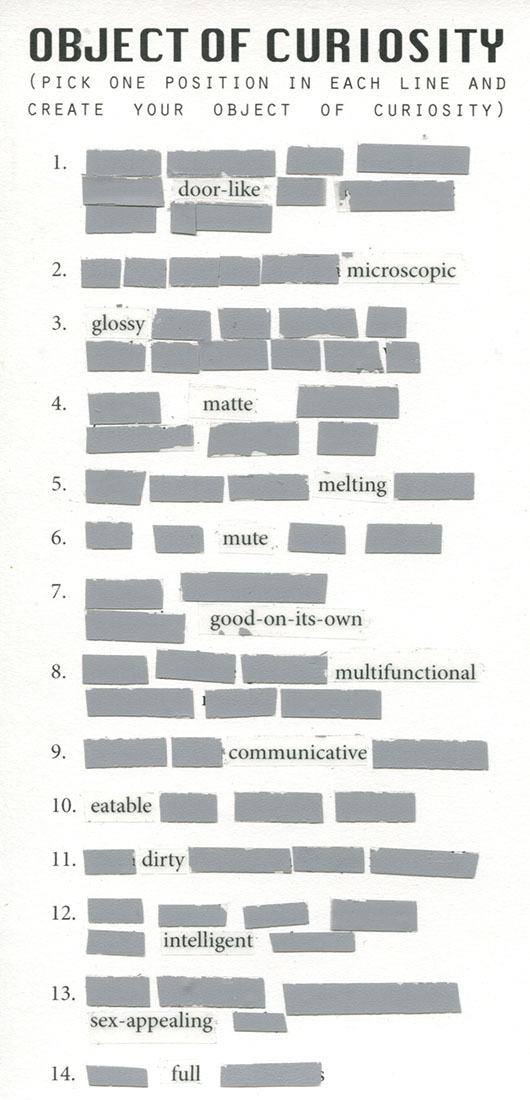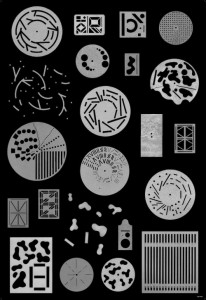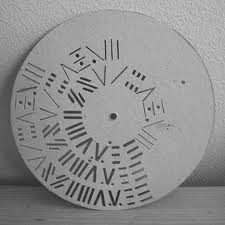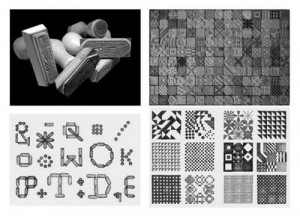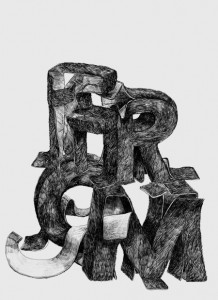I browsed in the blog, partly floating, partly with full attention. I moved in the world of the blog through the tags on the left. I had a method: First post I choose randomly, then I scrolled down until the post ends, if something caught my eye or my mind, I lingered, wrote some notes, seldom made a screenshot. Then, I clicked on a left purple tag that is located on the same line as the end of the post (the grey tagging section). I had some choice between 2-6 tags, depends on how big the grey tagging section was.
The first post was in Dutch, so the visualization was the only thing I had.
Grey Hypocrisy felt like it was made for me, the first hint, “quest for the dull”, he said. With an image of a room, with a personless solitary chair. These kind of rooms and chairs I’m trying to portray for a while.
5 years ago, Marlies wrote about Imme van der Haak . She reminded me of Yocheved Weinfeld, Yocheved Weinfeld, and her artworks in the 70’s.
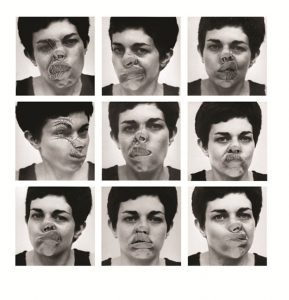
“why?”> ON QUESTIONING > “wrong side”
I encountered a post that was written on my birthday, and then a post that was written on my mother’s birthday. It’s gotta be a sign! I found myself looking for hints, not sure for what. 
Keep scrolling.
“warning” > “Ability to choose” >
“waiting”! “For the next to come along.”
More and more hints. Like these sentences are designed for me. I realized that I’m browsing like I could wander the streets as a small girl: not being a “believing person” but to believe in traffic lights. wherever there is a green light is the way I should go, it’s the right way for me, no space for free choice, it’s from above. From the god of traffic lights.
> “waiting to be found” > chairs!
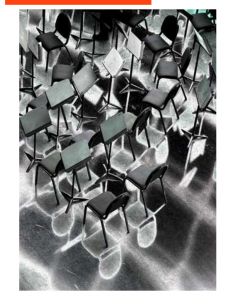
“Death”> “yellow and tiny”>
I agreed with Rosa Doornenbal, she wrote some nice stuff. I started to decide for me, what is a metaphor in this infinite data. To find the metaphors.
Marie Knudsen wrote about a jewelry book about joints. Extract from the book: ”A joint is a place where two or more parts are united or made to fit together.”– is this about silver or people? she asks herself.
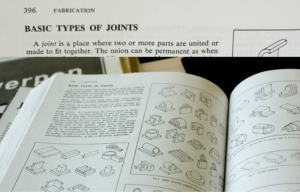
for me, it was About putting stuff out of context on purpose. To give things meaning by taking their context away. It’s about the movement between the details and being far from the details until its abstract.
“alive”>”alienation”>”abstract”>”time”>”enjoying”>”no time”>”absence”>”all sort of apes”>”allegorical”>”queue”
brows like you are looking for a quate. Saw a quaote of Walter Benjamin: “Beauty is not the object and not the shell, but the object in its shell.” Ok. Maybe another day it will mean something, keep it.
“I would like to bring your attention to noticing things.” I think it’s funny.
Walking with a Line was beautiful. Made it clear for me that sometimes the combination of things punctuate your heart. The context is important. Context is everything. to put things out of context means just putting it in a new context, in order to look at them beautifully.
look at this together! It’s so different then as two solitary pictures. 
And this also, it does something only together, when isolated it’s almost nothing.
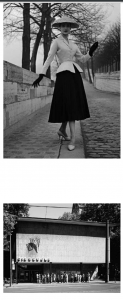
Scrolled more.
I see more chairs. Van Goch’s chair >”walls” >>>
The browsing led me to this:
If you are looking for an answer for something, a hint, or that the cosmos will decide things for you, you are in the right place. This blog and this post in particular. You can try to find your answer in the cards below, just click on one and see what it says.
The dice man is a book that tells the story of a New York psychiatrist named Luke Rhinehart who, feeling bored and unfulfilled in life, starts making decisions based only on the roll of a dice. He can’t change the dice’s decisions, including decisions about sex, murder, rape, and more.
This is your dice.
If the cards are not enough, you can start browsing the blog looking for a hint for life or an answer, using the overwhelming amount of posts the blog has to offer and using the randomness surfing that is possible here. But you need a method, you can use mine:
First post I choose randomly, then I scrolled down until the post ends, if something caught my eye or my mind, I lingered, wrote some notes, seldom made a screenshot. Then, I clicked on a left purple tag that is located on the same line as the end of the post (the grey tagging section). I had some choice between 2-6 tags, depends on how big the grey tagging section was. And then I continued to the next post, scrolled down, chose a tag one the left that is exactly at the end of the post, and so on.
The amount of time you should do it is as the number that is on your card, or until you find your perfect hint.


